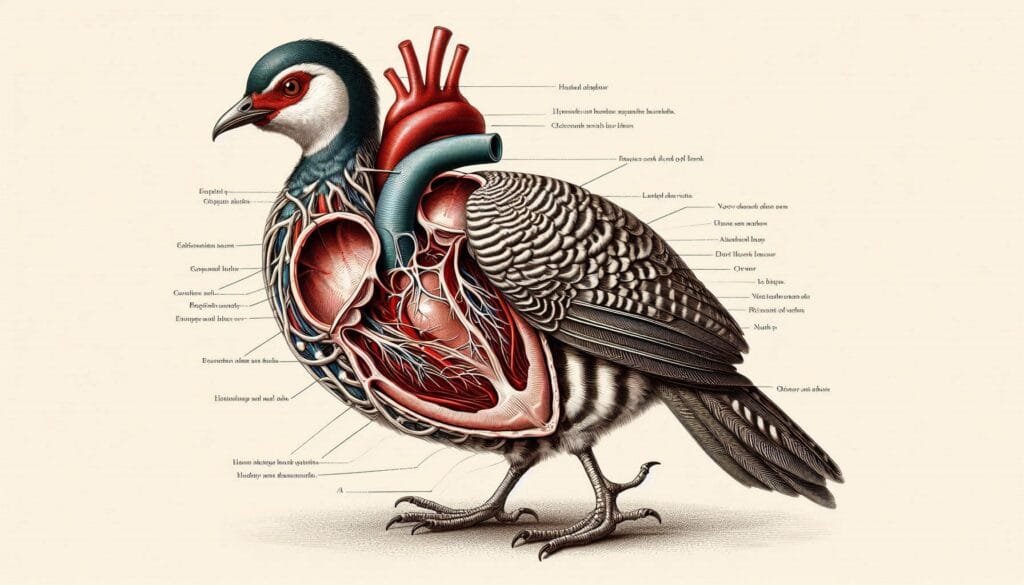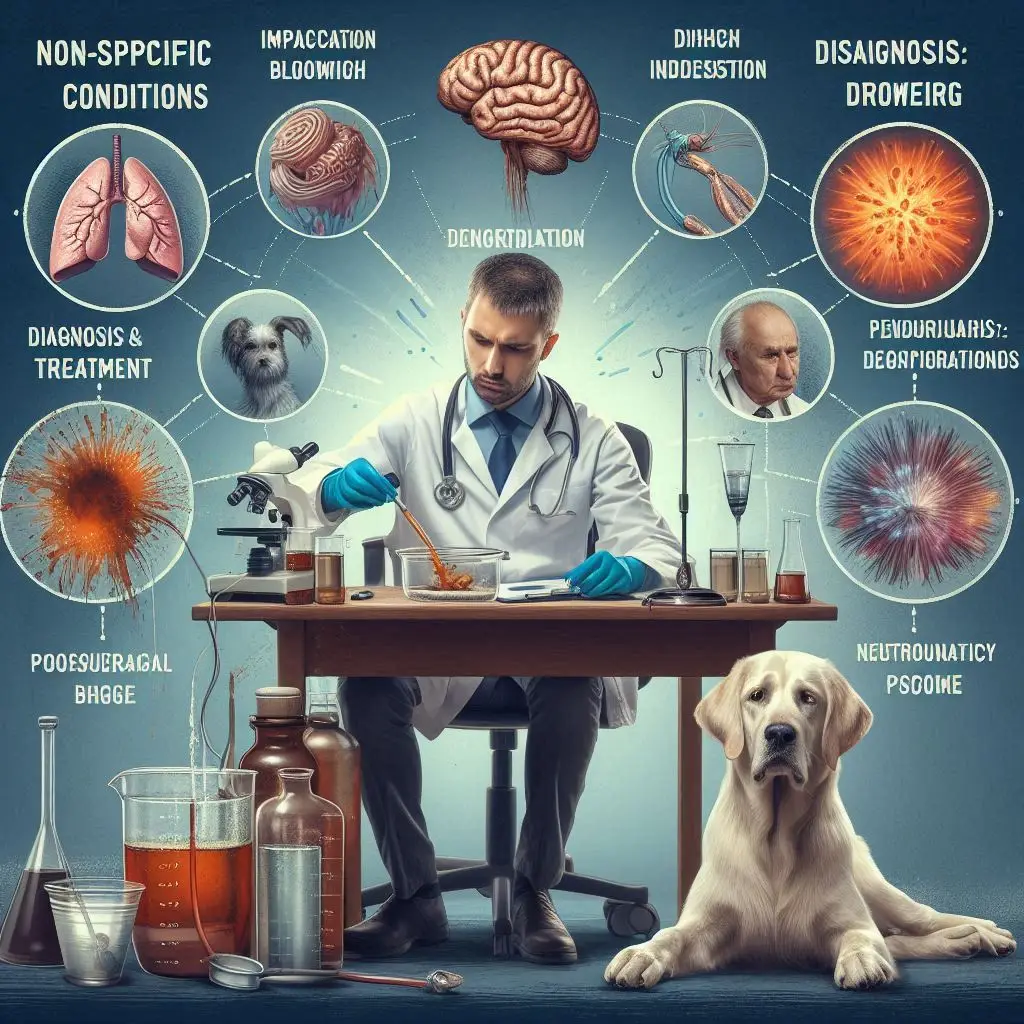Thiamine Deficiency in Birds

Introduction
Thiamine, also known as Vitamin B1, plays a vital role in the health of birds. It is essential for energy metabolism and proper neurological function. Unfortunately, thiamine deficiency has emerged as a significant issue affecting various bird species worldwide. This article delves into the causes, effects, and management strategies for thiamine deficiency in birds.
What is Thiamine?
Thiamine is a water-soluble vitamin that helps convert carbohydrates into energy. It also supports nerve function. Birds cannot synthesize thiamine; they must obtain it from their diet. Common dietary sources include seeds, grains, and insects. When these sources are insufficient, birds may suffer from deficiency.
Causes of Thiamine Deficiency
Dietary Shortages
One primary cause of thiamine deficiency is inadequate dietary intake. Birds that rely on a limited diet may not receive enough Vitamin B1. For example, some species that feed primarily on fish may face challenges if their prey contains low levels of thiamine due to environmental changes.
Environmental Factors
Environmental changes can also impact thiamine availability in food sources. Pollution and climate change can alter ecosystems, affecting the food chain. For instance, studies have shown that phytoplankton populations decline due to nutrient pollution, leading to reduced thiamine levels in fish that birds consume (source).
Geographical Variations
Certain regions experience higher rates of thiamine deficiency among bird populations. In areas like the Baltic Sea, researchers have documented alarming rates of paralysis and mortality linked to this deficiency (source). Understanding these geographical patterns can help target conservation efforts effectively.
Symptoms of Thiamine Deficiency
Neurological Issues
Thiamine deficiency primarily affects the nervous system. Birds may exhibit various neurological symptoms:
- Muscle Weakness: Affected birds often show signs of muscle weakness or atrophy.
- Paralysis: Paralysis can occur, starting in the legs and progressing to other body parts.
- Behavioral Changes: Birds may become less aggressive or display altered social behaviors.
Reproductive Problems
Thiamine deficiency can lead to severe reproductive issues. Studies indicate that affected females may produce fewer eggs or experience higher rates of egg failure (source). This decline in reproductive success threatens population sustainability.
Mortality Rates
In severe cases, mortality rates can be alarmingly high. For example, untreated ducklings suffering from thiamine deficiency have shown mortality rates exceeding 50% (source). Early detection and treatment are crucial for improving survival chances.
Geographical Impact of Thiamine Deficiency
Case Study: The Baltic Sea
The Baltic Sea region has become a focal point for research on thiamine deficiency in birds. Many wild bird species have been observed with symptoms linked to this condition. The decline in fish populations due to environmental stressors has contributed significantly to this issue (source).
Impact on Specific Species
Certain bird species are more vulnerable to thiamine deficiency than others. For instance:
- Common Eiders: These ducks have shown high mortality rates linked to nutritional deficiencies.
- Seabirds: Many seabirds depend on fish as their primary food source. A decline in fish quality directly impacts their health.
Understanding these species’ vulnerabilities helps prioritize conservation efforts.
Management Strategies for Thiamine Deficiency
Dietary Supplementation
One effective way to combat thiamine deficiency is through dietary supplementation. Providing birds with enriched feed containing Vitamin B1 can significantly improve their health outcomes. Research has demonstrated that treated ducklings show dramatic recovery from paralysis when given thiamine (source).
Monitoring Bird Populations
Monitoring bird populations for signs of thiamine deficiency is crucial for early intervention. Wildlife biologists can track changes in behavior and health metrics to identify at-risk populations.
Habitat Restoration
Restoring natural habitats can enhance food availability for birds. Efforts to reduce pollution and improve water quality can lead to healthier ecosystems where birds thrive (source).
Public Awareness Campaigns
Educating the public about the importance of bird health and nutrition can foster community involvement in conservation efforts. Engaging local communities can lead to better habitat protection and restoration initiatives.
Conclusion
Thiamine deficiency poses a significant threat to bird populations worldwide. Understanding its causes, symptoms, and management strategies is essential for protecting avian health. By addressing dietary shortages and environmental factors, we can help mitigate this issue and ensure healthier bird populations for future generations. By following these guidelines and implementing effective management strategies, we can work towards reducing the impact of thiamine deficiency on our feathered friends.
For more pearls of Vets Wisdom:
Vas Deferens in Bulls






Responses